Should You Get a Long-Term or Short-Term CD Before the Next Fed Meeting?
Is a long-term or short-term CD better to open before the Fed meeting this week? Here's what you need to know.
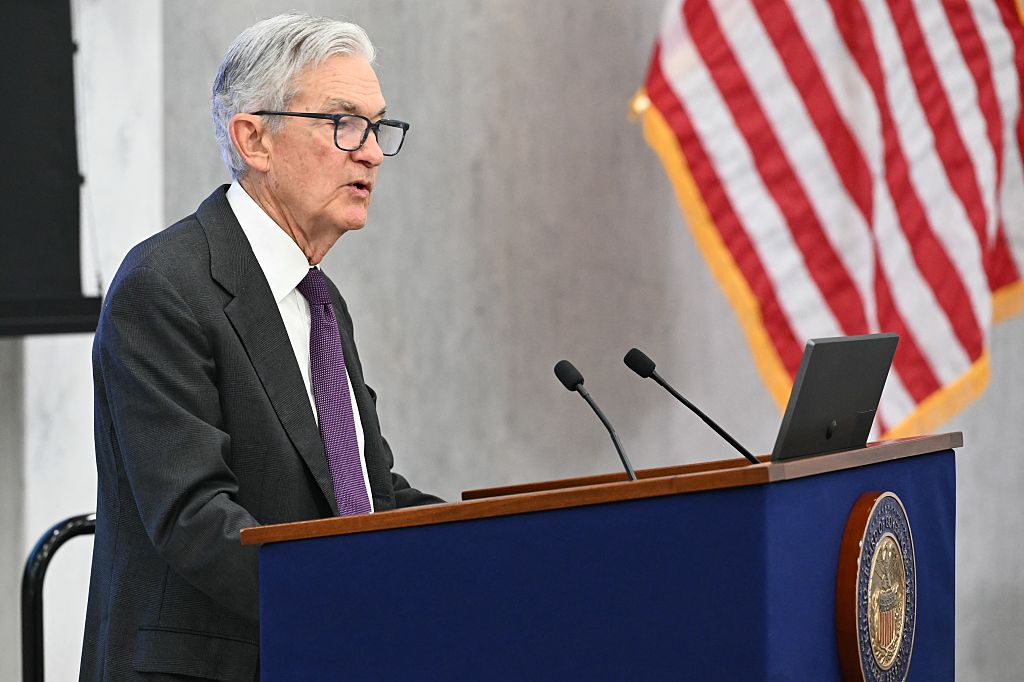

Rachael Green
The upcoming December Fed meeting has many feeling certain that the Federal Reserve will continue cutting interest rates. With savings rates hanging in the balance, many are watching closely to see what the Fed decides.
According to the CME Group's Fed Watch tool, economists are overwhelmingly confident that the Fed will drop rates to the 3.50% to 3.75% range this week.
Looking ahead to December, analysts anticipate the central bank to continue lowering rates, with some forecasting rates to drop below 3.50% next year.
From just $107.88 $24.99 for Kiplinger Personal Finance
Become a smarter, better informed investor. Subscribe from just $107.88 $24.99, plus get up to 4 Special Issues

Sign up for Kiplinger’s Free Newsletters
Profit and prosper with the best of expert advice on investing, taxes, retirement, personal finance and more - straight to your e-mail.
Profit and prosper with the best of expert advice - straight to your e-mail.
If you’ve waited to open a CD account until now, or if your current CD account is nearing maturity, you’re likely considering locking in rates ahead of the next meeting.
Which CD should you open before the conclusion of the Fed meeting — a short-term or long-term account?
Use the tool below, powered by Bankrate, to compare CD rates today, or keep reading for our recommendations on the best CDs to consider ahead of the December Fed meeting.
Should you get a long- or short-term CD before the Fed meeting this week?
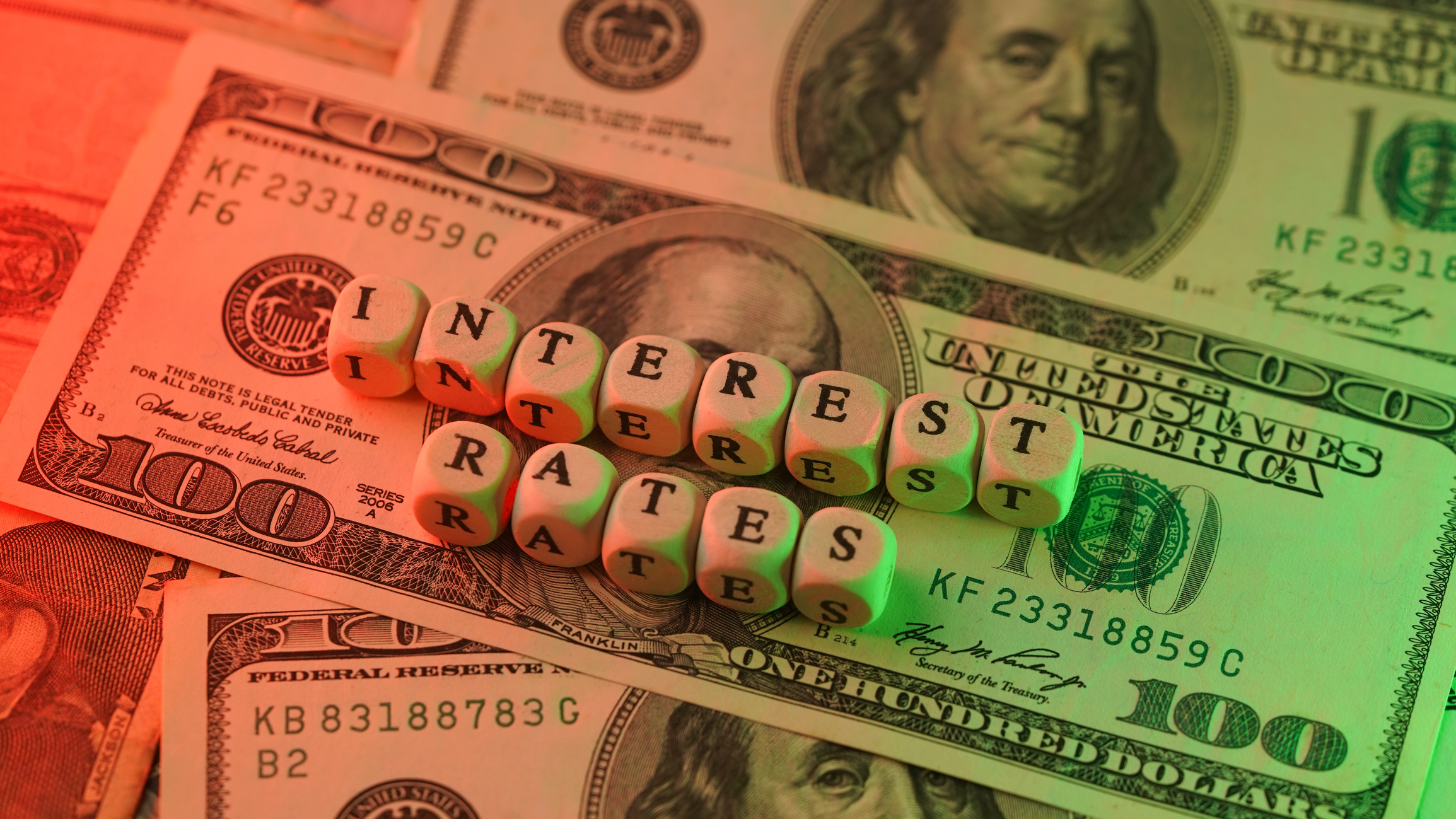
When comparing current CD rates, you’ll notice that the best rates offered are mainly on short-term CDs. However, the difference is minimal.
If you’re comfortable with a long-term time commitment, a five-year CD is a solid option, with some of the top earning accounts offering more than 4% APY. While many one-year CDs have rates at about the same level, locking in those rates for longer will pay off in the long run.
Putting $5,000 into a one-year CD with a rate of 4.15% will earn you over $210 in interest, if compounded daily. But if you want to open another CD once that one matures, you might have to settle for a much lower rate, depending on what happens in the next year.
On the other hand, if you lock in that 4.15% for a five-year CD, you’d maintain that savings rate for the whole five years, earning over $1,150 in total, if compounded daily.
Locking in high yields for as long as possible can be a smart savings strategy, but there’s one main factor to consider before you fund the account. When putting money in a CD account, you’ll have to be prepared to “set it and forget it.”
That means not accessing the cash until the CD matures, which can prove challenging if your cash is tied up for several years. If you do withdraw funds early, you’ll be charged a fee that can offset any interest earned.
If you can’t commit to a long-term CD, it’s still worth opening a short-term one. While you run the risk of rates dropping after it matures, it will still help you earn some extra cash without tying up your money for an extended time.
It's also worth opening a high-yield savings account, although these accounts won't allow you to lock in rates. For any savings (such as an emergency fund) that you need to be able to access at any time, a high-yield savings account allows you to earn a little interest without tying up your cash.
Use the tool below to explore and compare some of today's best offers, powered by Bankrate:
Demand for long-term CDs is on the rise

In the last several years, there’s been a surge in the popularity of CD accounts driven by rapidly rising rates in response to the Fed's interest rate-hiking campaign.
These increases followed a series of rate increases in 2022 and 2023, which pushed the federal funds rate to its highest level since 2001.
With so much uncertainty, consumers are seeking ways to keep their savings strong for as long as they can. For many, this means turning to longer-term CDs.
The number of savers shopping for one-year CDs on online marketplace CD Valet increased 150% in the first quarter of this year, the company reported, even when the yields offered on shorter six- to nine-month CDs were higher.
"Savers may be feeling more recession risk and choosing to trade maturity for rate, while they still can," says John Blizzard, Founder of CD Valet.
Related Content
Profit and prosper with the best of Kiplinger's advice on investing, taxes, retirement, personal finance and much more. Delivered daily. Enter your email in the box and click Sign Me Up.

Erin pairs personal experience with research and is passionate about sharing personal finance advice with others. Previously, she was a freelancer focusing on the credit card side of finance, but has branched out since then to cover other aspects of personal finance. Erin is well-versed in traditional media with reporting, interviewing and research, as well as using graphic design and video and audio storytelling to share with her readers.
- Rachael GreenPersonal finance eCommerce writer
-
 JPMorgan's Drop Drags on the Dow: Stock Market Today
JPMorgan's Drop Drags on the Dow: Stock Market TodaySmall-cap stocks outperformed Tuesday on expectations that the Fed will cut interest rates on Wednesday.
-
 Why Playing It Safe in Retirement Is a Big Risk
Why Playing It Safe in Retirement Is a Big RiskFear of losing money could actually cost you in retirement. Find out why being too conservative with your life savings can hurt you and how to stop that from happening.
-
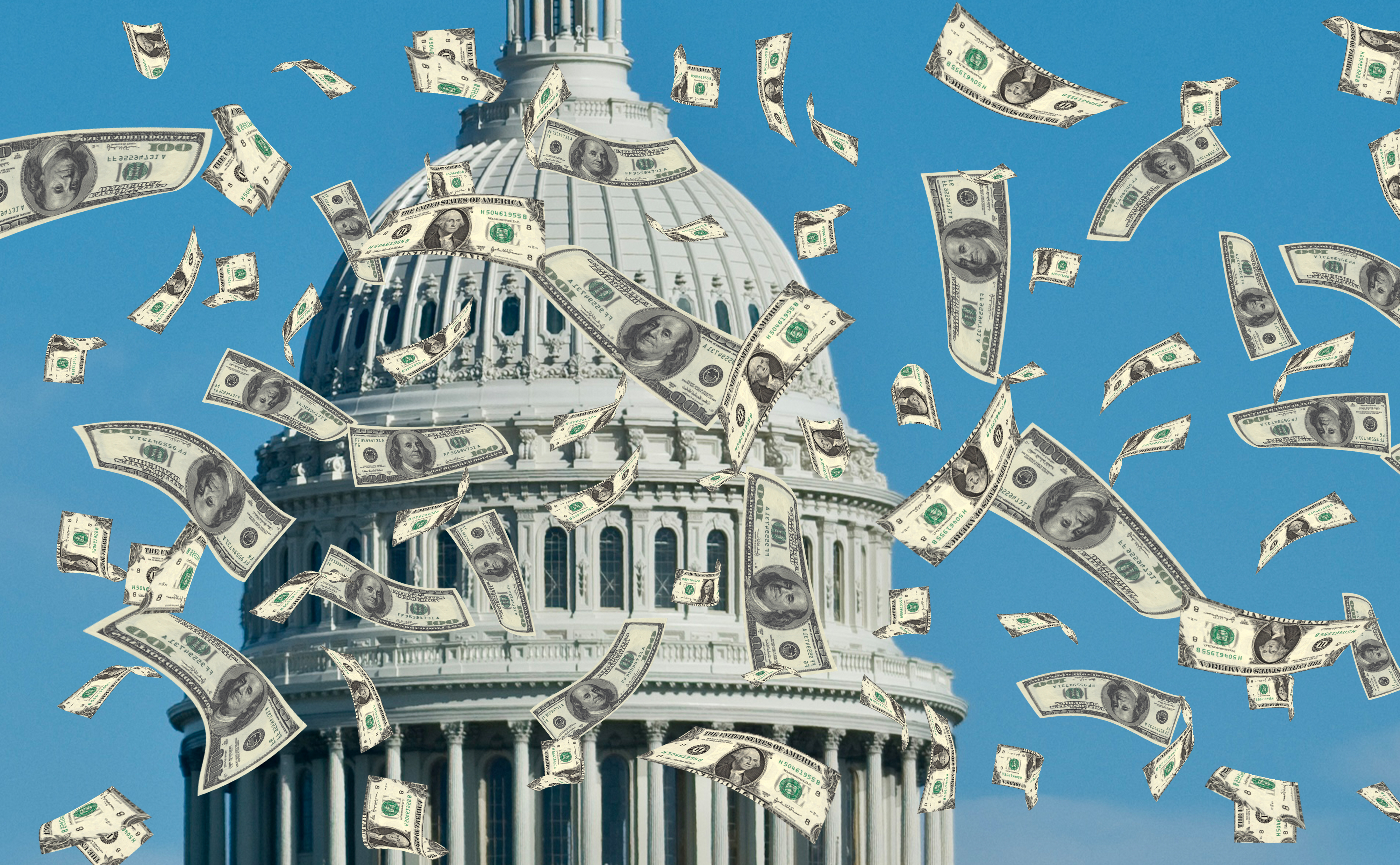 Tax Refund Alert: House GOP Predicts 'Average' $1,000 Payouts in 2026
Tax Refund Alert: House GOP Predicts 'Average' $1,000 Payouts in 2026Tax Refunds Here's how the IRS tax refund outlook for 2026 is changing and what steps you can take now to prepare.
-
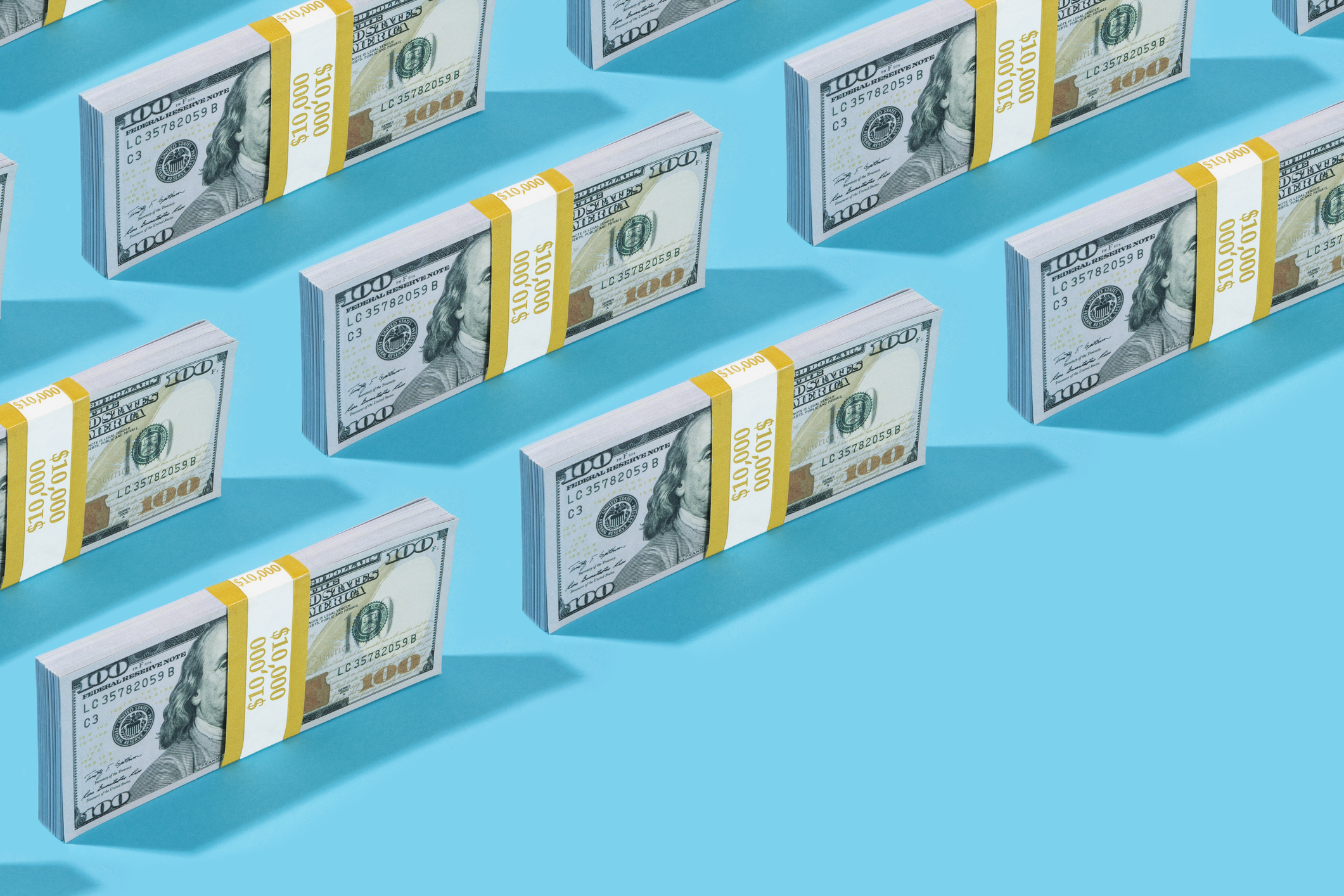 CD vs. Money Market: Where to Put Your Year-End Bonus Now
CD vs. Money Market: Where to Put Your Year-End Bonus NowFalling interest rates have savers wondering where to park cash. Here's how much $10,000 earns in today's best CDs versus leading money market accounts.
-
 Meet the World's Unluckiest — Not to Mention Entitled — Porch Pirate
Meet the World's Unluckiest — Not to Mention Entitled — Porch PirateThis teen swiped a booby-trapped package that showered him with glitter, and then he hurt his wrist while fleeing. This is why no lawyer will represent him.
-
 Smart Business: How Community Engagement Can Help Fuel Growth
Smart Business: How Community Engagement Can Help Fuel GrowthAs a financial professional, you can strengthen your brand while making a difference in your community. See how these pros turned community spirit into growth.
-
 Smart Money Moves Savers Should Make in 2026
Smart Money Moves Savers Should Make in 2026These steps will get you on the road to achieving your 2026 savings goals.
-
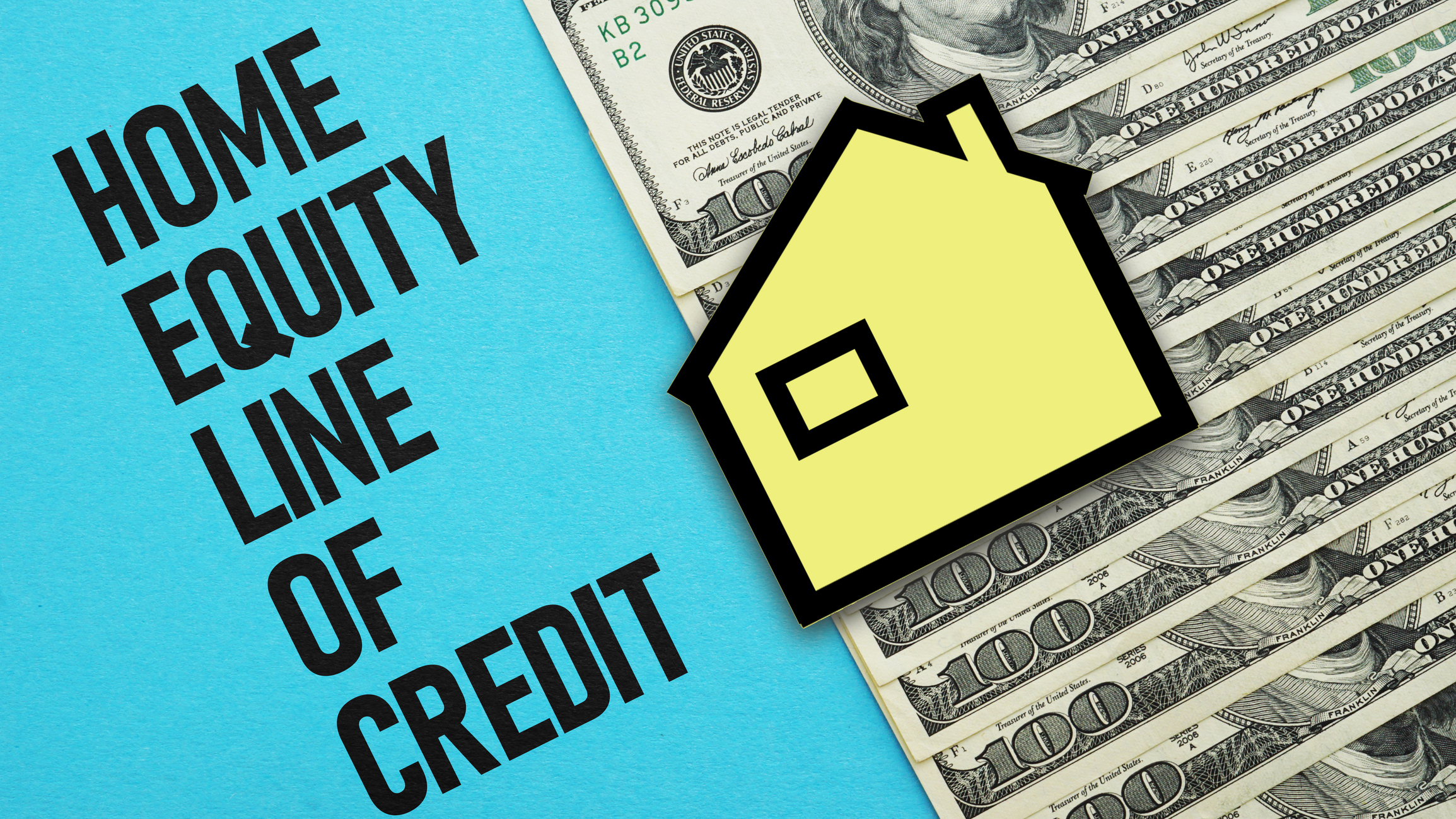 How Much Would a $50,000 HELOC Cost Per Month?
How Much Would a $50,000 HELOC Cost Per Month?Thinking about tapping your home’s equity? Here’s what a $50,000 HELOC might cost you each month based on current rates.
-
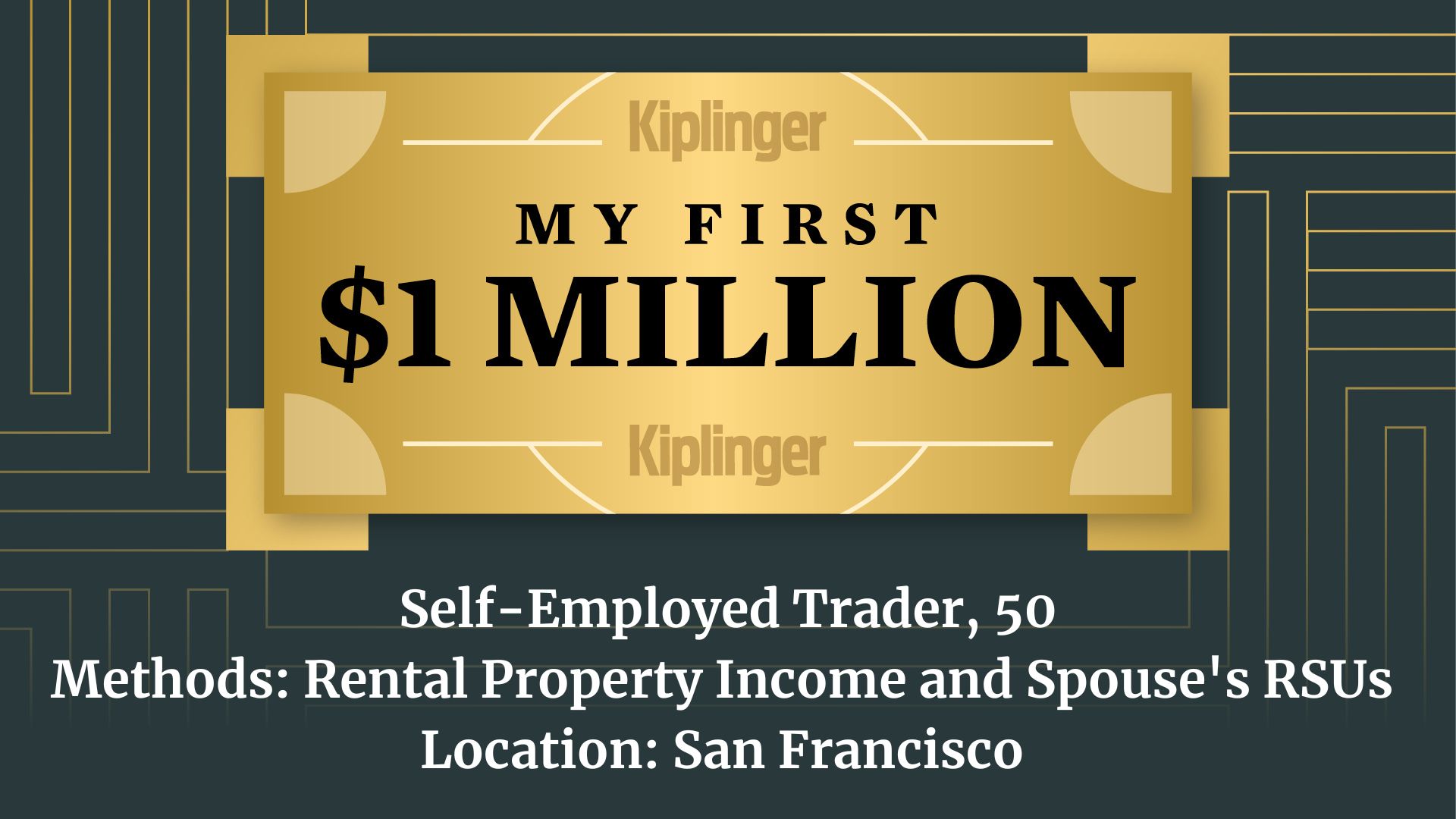 My First $1 Million: Self-Employed Trader, 50, San Francisco
My First $1 Million: Self-Employed Trader, 50, San FranciscoEver wonder how someone who's made a million dollars or more did it? Kiplinger's My First $1 Million series uncovers the answers.
-
 Waiting for Retirement to Give to Charity? Here Are 3 Reasons to Do It Now, From a Financial Planner
Waiting for Retirement to Give to Charity? Here Are 3 Reasons to Do It Now, From a Financial PlannerYou could wait until retirement, but making charitable giving part of your financial plan now could be far more beneficial for you and the causes you support.
-
 Are You Ghosting Your Finances? What to Do About Your Money Stress
Are You Ghosting Your Finances? What to Do About Your Money StressAvoidance can make things worse. You can change your habits by starting small, talking with a family member or friend and being consistent and persistent.